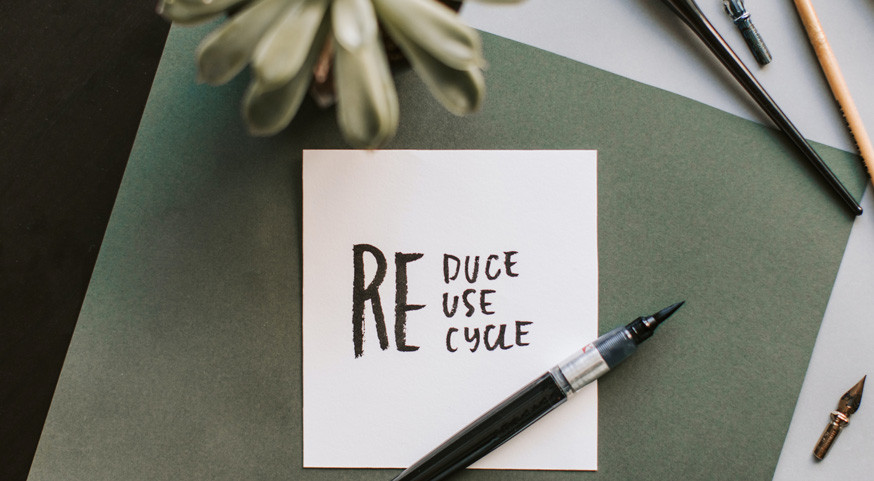Posted by Aline Martin O'Brien on Dec 29, 2020
How to reuse and recycle down pillows in the garden
Down is a luxurious yet durable natural material, as has been known for ages. With proper care, high-quality down bedding usually lasts much longer than down alternative pillows or comforters. You should be able to keep your favorite down or feather pillow for years. However, when the day comes to replace your down pillow, consider the protection of our environment and sustainability. This is one of the reasons Downlite subscribes to the Responsibly Sourced Down standards and practices in creating its products. Remember also that this nighttime luxury is also quite reusable and recyclable at the end of its first life.
Here are some ideas for reusing and recycling your old down bedding.
Reuse
- Protect your kneeling position with a feather pillow while gardening.
Use an old down pillow as a knee protector when applying your green thumb to the garden. It will improve your comfort when you need to kneel on hard or uneven ground. Add a vinyl or canvas cover over the feather pillow to make it extra sturdy. Kneeling cushions make the garden much more pleasant on your knees!
- Make colorful “door dogs” by stuffing knee-high socks with used down and using them to stop cold air drafts. Place them under the doors of your garden greenhouse when the winter frost arrives, since down is well known for its thermal insulation quality. Just be sure to remove the old down in a garage or ‘messy area’ as it floats quite a bit.
Recycling
There is an agricultural tradition of recycling feathers as an organic fertilizer, either by being spread directly in the vegetable garden or placed in the manure pile. Here are three ways that can be done.
- Use feathers for your plants:
Place a thin layer of feathers in the hole when planting strawberries or raspberries. Feathers are a good source of nitrogen which will help your plants grow quickly and be stronger.
- Compost the feathers:
Feathers compost very well. It's better for the environment, and the nitrogen-rich compost can be used to fertilize your plants in the garden.
- Make a juice from the feathers to make fertilizer:
Not very tasty at first glance, feather juice is nevertheless a first choice organic fertilizer, rich in nitrogen and minerals. Soaking feathers in water produces a nitrogen-containing fertilizer, which can be used in conjunction with watering. In 8 liters of water, immerse a large handful of feathers (approximately 100 g). Leave to soak for 60-90 days, then filter and use when watering. Feather juice is an organic fertilizer, loaded with nitrogen and minerals, it will boost the growth of leafy plants in a natural way, without causing imbalance. It will thus be better assimilated and tolerated by plants. You can also use it on potted plants, but always after a copious watering.
High-quality down, with feathery, wispy clusters and no quills, can have a life of 20-30 years, and in the past was often cleaned and reused. Companies like https://www.debrand.ca/, are continuing to develop and refine techniques for the mass treatment and recycling of feathers. They propose to collect tons of down and feathers and repurpose them for a surprising variety of uses. The best feathers are sorted out and used for insulation in apparel, sleeping bags, and other consumer goods. Broken and unusable feathers are transformed into a natural fertilizer for crop production.
So, there are some ideas to do some good for your plants while reusing your old feather pillows or even your down comforter. Happy and sustainable gardening!
If you would like personalized assistance or professional advice before ordering your bedding, you may contact our customer service representatives, and they will assist you in your decision-making.
Photo Credit: Photo by Vlada Karpovich from Pexels





